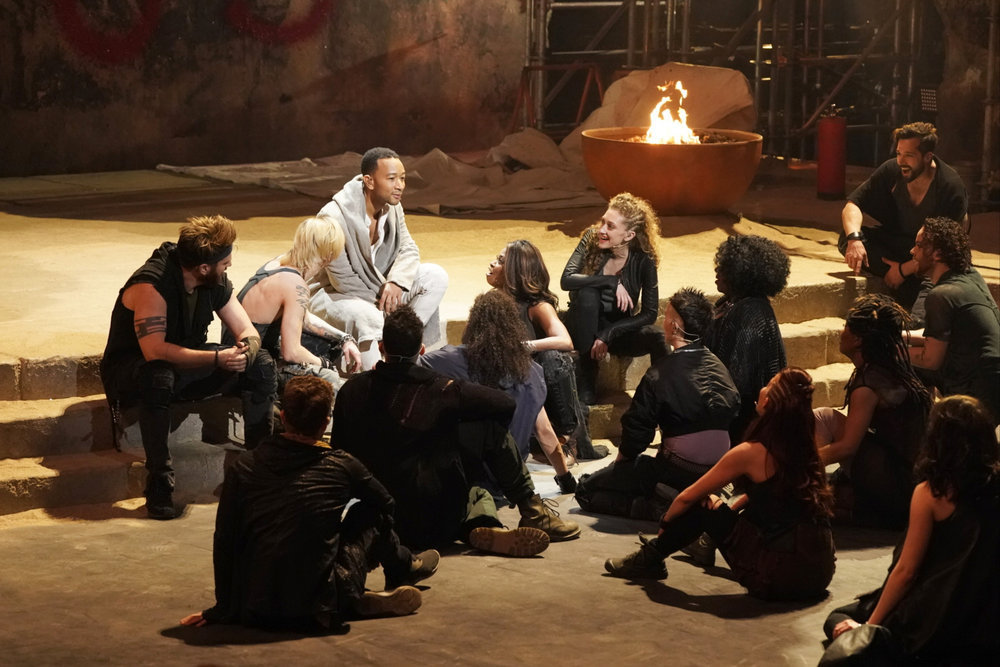
With all of the towering buildings and construction going on around campus nowadays, it’s easy to forget that UMass was born out of an agricultural college. Easier to forget is the huge entomology program housed here on campus.
The bug exhibit at Fernald Hall, which resides just between the Franklin Dining Commons and the Studio Arts Building, offers a glimpse of an array of live and preserved bugs including roaches, beetles and even spiders.
The live bugs section features hissing cockroaches, giant cave cockroaches, North American beetles, a curly haired tarantula and a whole lot of crickets. The dead bug collection consists of bugs from across the Pioneer Valley and around the world.
Some components of vast wall of taxidermied bugs worth mentioning are the delicately adorned butterflies and moths, as well as some brawny looking horned beetles.
The exhibit can be seen if you enter the front door of Fernald and head up the stairs to the left. On the right of the first room you enter you’ll see a wide array of bugs on display.
Fernald Hall was built in 1910 and dedicated to Professor Charles Henry Fernald, who at the time was one of the country’s leading entomologists. In 1925, the Fernald Club was formed with the intent of studying bugs, and with that the culture of Fernald Hall expanded and so began the bug exhibit. Since its inception, the Fernald Club has been studying bugs.
“Historically, the entomology program was a big program,” said Ben Normark, the curator of insects. “Currently entomologists are scattered across a number of different departments.”
The free-to-all-viewers exhibit in the hallway “gets a lot of outreach,” and the Fernald bug collection as a whole is used for “teaching insect systematics and identifications,” Normark said.
In a club yearbook from 1932, some light is shed on a field expedition to Mount Toby Reserve, which lies in Sunderland. “By splitting open dead and slightly decayed logs, and examining dying trees … a good idea of the various insects was obtained,” the yearbook states.
Today, graduate student Scott Schneider leads the club. Aside from being club president, Schneider is also the insectarium director, which entails holding permits for housing some of the bugs as well as overseeing their care.
According to Schneider, the majority of the insects don’t actually require a permit. “Anyone could buy them from a dealer and keep them as pets,” he said.
Some insects, however, such as the “assassin bugs” (Platymeris biguttata) and the cave roaches (Blaberus giganteus), require permits from a branch of the USDA called APHIS (Animal and Plant Health Inspection Service), which conducts routine inspections.
According to Schneider, this is because “insects that require permits have been deemed to pose a potential threat to native wildlife if they were set loose.”
The collection is maintained by UMass student Connor Hart, who feeds the bugs twice a week. According to Schneider, the majority of the collection gets an assortment of fresh fruit or cat food, while “the predators receive crickets and/or Madagascar hissing roaches to chow down on.”
Schneider explained how in the past the collection was “financially supported by the Plant, Soil, and Insect Sciences Department and the Stockbridge School of Agriculture.” But, he said, “the recent loss of PSIS and withdrawal of support from SSA means that we will be searching for new sources of funding for the upcoming year.”
Thomas Verdone can be reached at [email protected].












